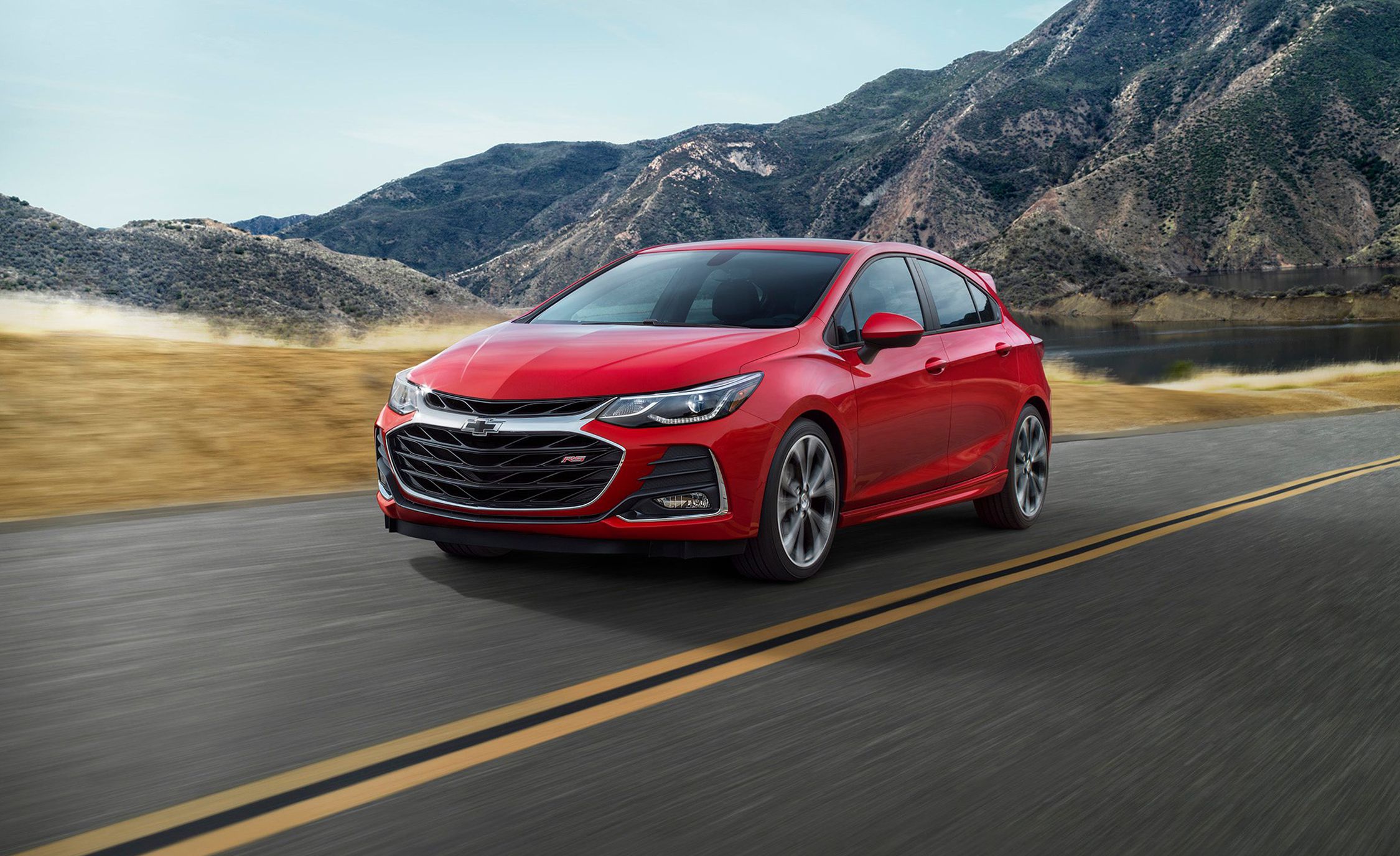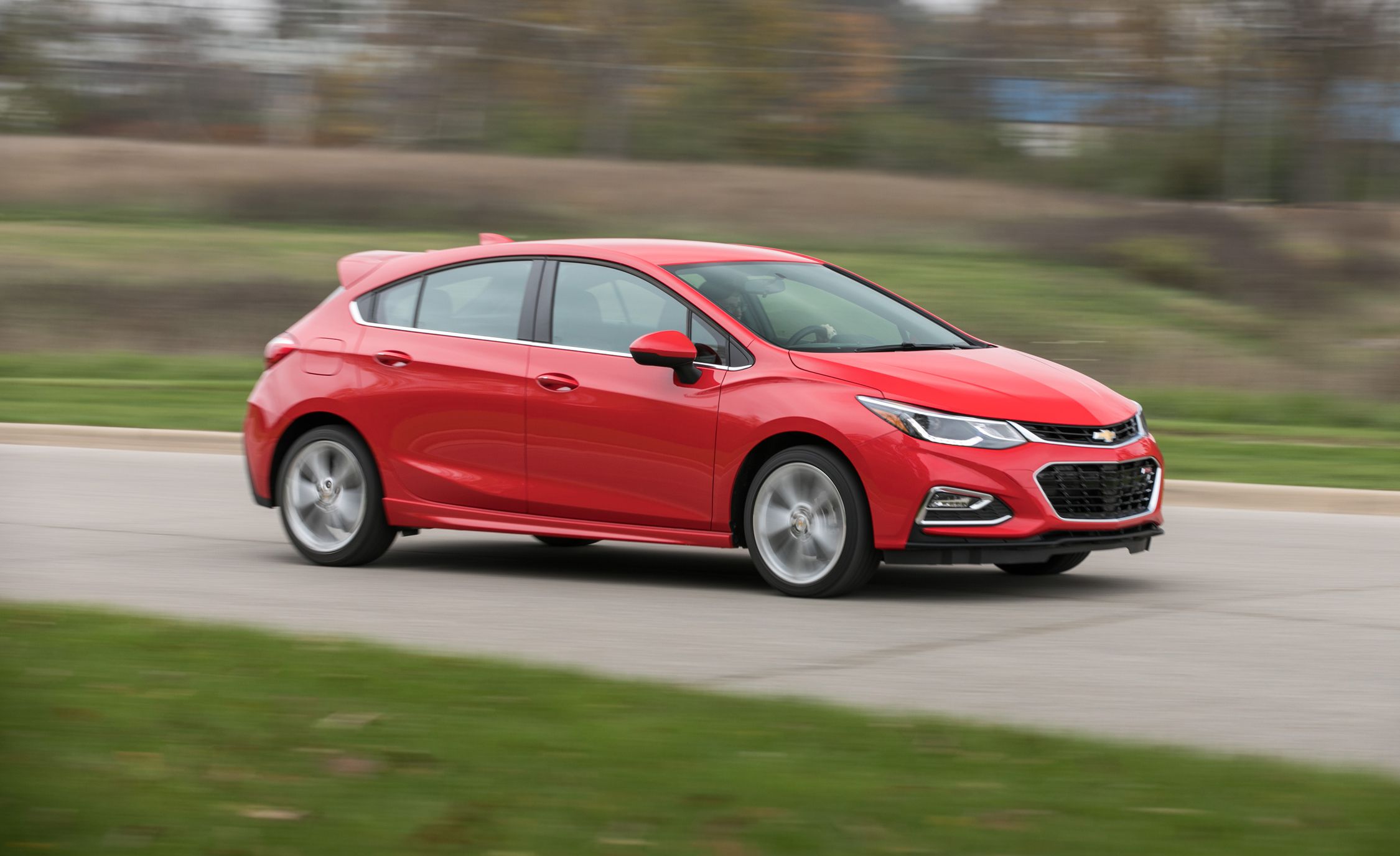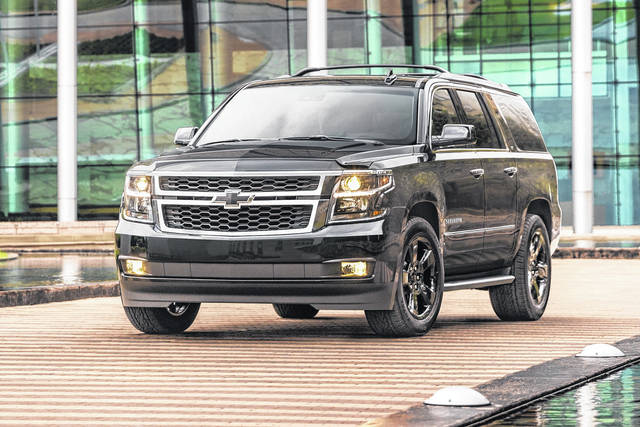Like its siblings, the Suburban has great road presence, and is quite hard to ignore. That’s made even more so by the Midnight Edition’s jet-black exterior color, along with blacked wheels and body trim.
The Suburban essentially is the same vehicle as the Tahoe, except at the rear. The cargo compartment is extended, giving the Suburban 39.3 cubic feet of cargo space behind the third-row seat — 24 cubic feet more than the Tahoe, at 15.3 cubic feet.
The Tahoe/Suburban and its siblings received their last full makeover for 2015, and the Midnight Edition package was added a year later. It’s also available on the Silverado Crew Cab pickup, which is almost the same vehicle underneath as the Suburban and Tahoe — it just has the cargo area turned into an open truck bed. The Silverado Midnight Edition has much the same look as the Suburban and Tahoe versions, with the same black wheels and trim.
Our Suburban tester was the four-wheel-drive LT trim level, with a base price of $58,280 (plus $1,295 freight) before adding the Z71Midnight Edition Package ($2,285). With the package came the 18-inch black-painted aluminum wheels, blackwall all-terrain tires, black tubular assist steps, black roof rack, tow hooks, underbody skid plate package, 3.42 rear axle ratio, Autotrac active two-speed transfer case, hill-descent control, front and rear black Chevy bowties, Z71 grille decals, high-capacity air cleaner and Z71 rubber floor mats. The vehicle came with a black interior, too.
Also included on our tester was the Suburban Luxury Package ($2,860), which added passive entry with remote keyless start, heated second-row seats, third-row 60/40 split bench seat with power fold, power tilt/telescopic steering column, heated steering wheel, rear cross-traffic alert, lane-change alert with side blind-zone alert, power/heated outside mirrors with turn signals, hands-free power liftgate, front and rear park assist, and front fog lights.
We also had a Chevy MyLink audio/navigation system with eight-inch color touch screen ($495) and a power sunroof ($995). Dealer-installed wheel locks were an additional $70.
Our Suburban was powered by a 5.3-liter Ecotec3 V-8 engine with 355 horsepower and 383 foot-pounds of torque. It was paired with a six-speed automatic transmission, although Chevrolet now offers a 10-speed automatic with the optional 6.2-liter V-8.
With three rows of seats, the Suburban can carry up to eight passengers — two up front, and three each in the middle and third rows. But our tester came with power second-row bucket seats ($795), which replaced the second-row bench seat, and cut the passenger capacity to seven.
The 39.3 cubic-foot cargo area behind the third row is big enough for luggage and sports gear for a long family trip. With the third row folded, it expands to 76.7 cubic feet; and with middle and rear seats folded, there is 121.7 cubic feet of cargo space.
For 2018, Suburban prices begin at $50,200 (plus freight) for the base rear-wheel-drive LS model. It’s available with four-wheel drive at all trim levels. There is a rotary dial on the dash to the left of the steering column that has setting for 2WD, Automatic, 4WD High or 4WD Low, which is a low-range setting for serious off-road driving.
The Suburban is a very pleasant highway vehicle, with a quiet cabin, smooth ride, and a more-efficient powertrain than the previous generation.
It has a 31-gallon fuel tank, compared with 26 gallons for the Tahoe. EPA ratings for our four-wheel-drive tester were 15 mpg city/22 highway/18 combined. During our week in the Suburban, with about a 60-40 mix of highway-city driving, we averaged just over 18 mpg.
Among standard exterior features are Intellibeam headlights, rain-sensing wipers, a 17-inch steel spare wheel/tire, and trailering equipment.
Inside, the heated leather front bucket seats were quite comfortable, with power adjustments for driver and passenger. There were power-adjustable pedals, with memory for the driver’s seat and the pedals.
An auto-dimming rearview mirror was standard, along with tri-zone automatic climate control, universal garage/gate opener, and Bose premium audio.
There was plenty of power from the 5.3-liter engine, and with the four-wheel drive, the Suburban can tow trailers weighing up to 8,000 pounds.
To help boost fuel economy, the engine has technologies such as direct fuel injection, continuously variable valve timing and an advanced combustion system.
Among other suspension and mechanical features are a coil-over-shock front suspension, five-link/coil-spring rear suspension, a wide rear track, electric power steering, and standard automatic-locking rear differential.
Included on all models is a four-wheel antilock disc-brake system featuring the GM Duralife brake rotors, designed to last twice as long as conventional rotors.
For connectivity, the Suburban has a 4G LTE Hot Spot (built-in Wi-Fi) that’s active when the ignition is on, allowing everyone in the vehicle to connect to the Web. Our vehicle also had GM’s OnStar system and SiriusXM satellite radio.
We had a 12-volt DC and two USB ports in the cubby in front where there is a small open cubby perfect for portable devices; there is also a nifty hidden compartment behind the audio-nav touch screen, opened by a touch of a button below the screen, with a USB port inside. It’s perfect for hiding away your smartphone. There were two USB ports, an auxiliary input and another 12-volt outlet inside the center console, which also doubled as an armrest for the driver and front passenger.
In the center console are dual cupholders. Middle-row passengers had a cupholder and bottle holder in each door, while third-row passengers had two cupholders in the tops of the wheel arches.
There were seatback pockets on the front seats, accessible to the middle row, and there were also air conditioning controls, a 115-volt AC outlet, and a 12-volt outlet for the rear passengers.
Safety features include front and rear automatic braking, which uses radar and ultrasonic sensors to help avoid low-speed collisions; GM’s Safety Alert driver’s seat; and a backup-camera system.
With $7,500 in options and the freight charge added to the base price, the total sticker price for our 2018 Suburban LT Z71 Midnight Edition four-wheel drive was $67,075.
Thanks for reading about Chevy Suburban’s z71 midnight edition.

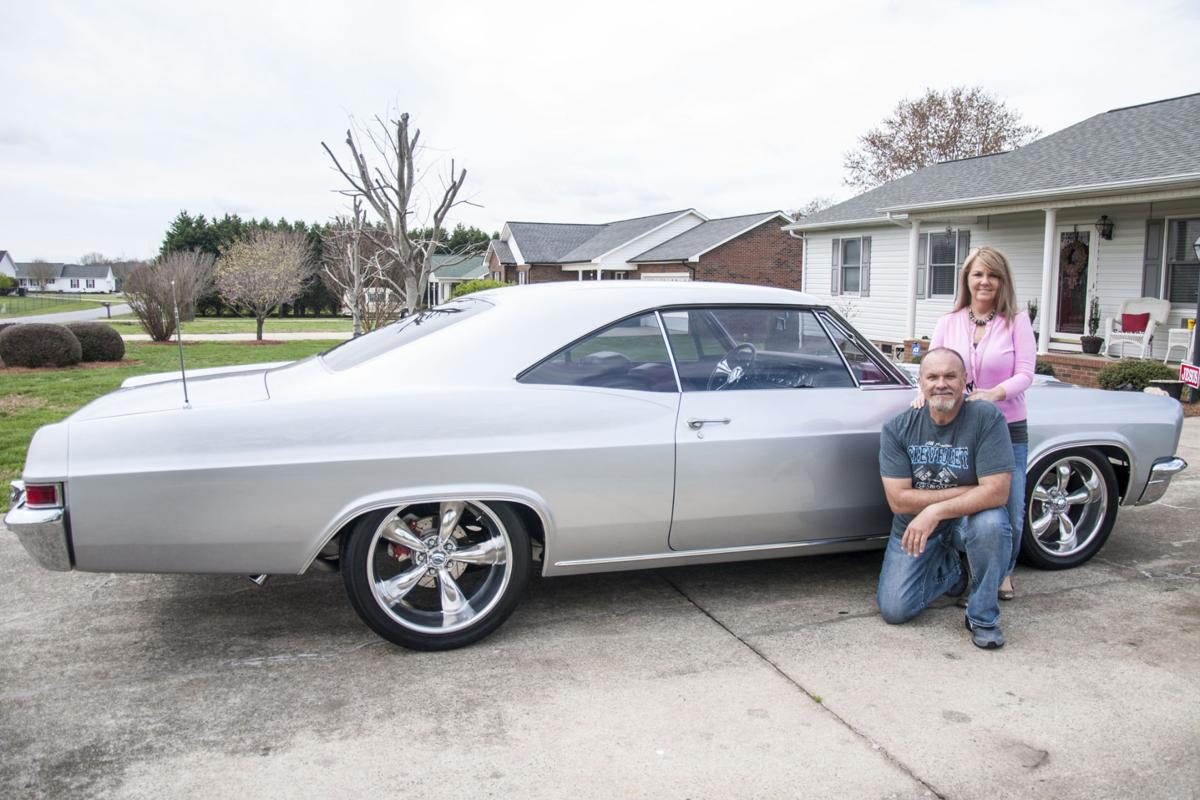
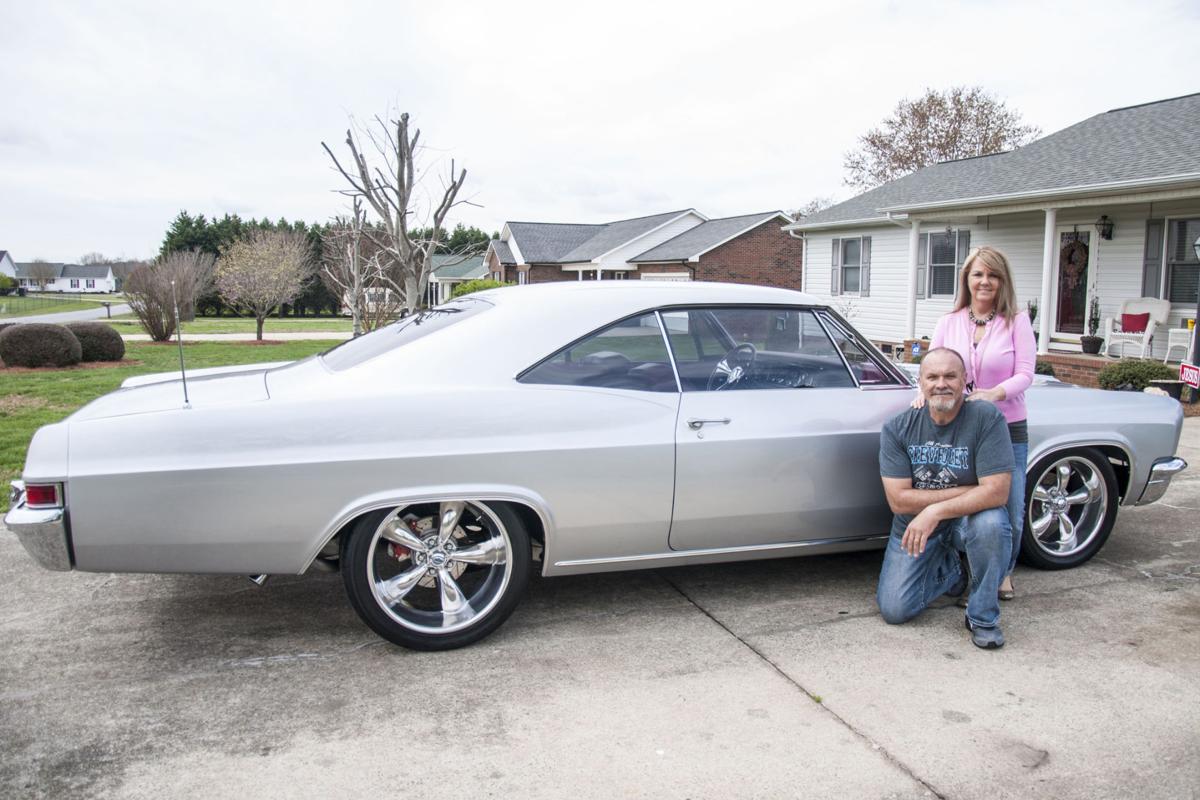
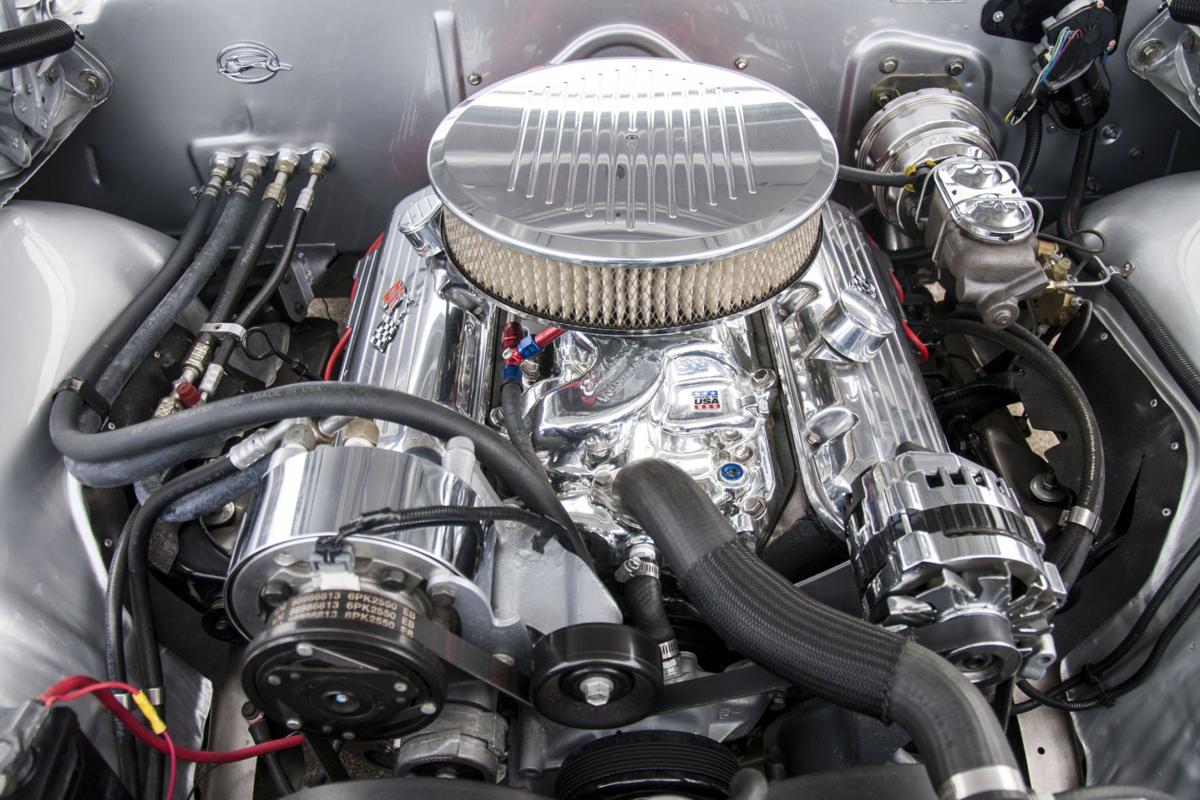
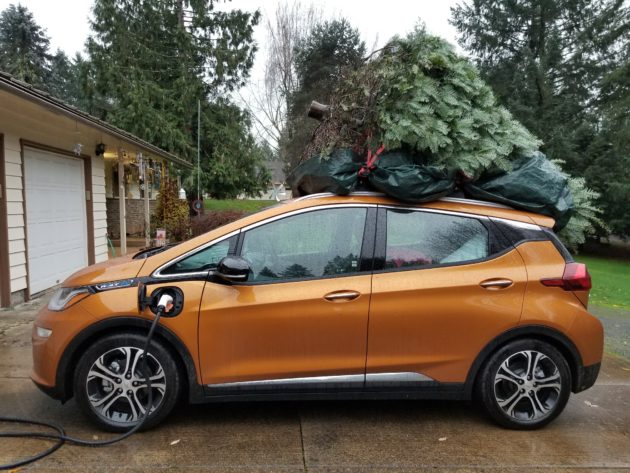
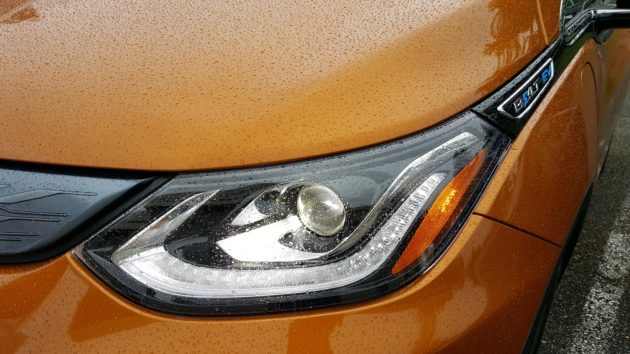
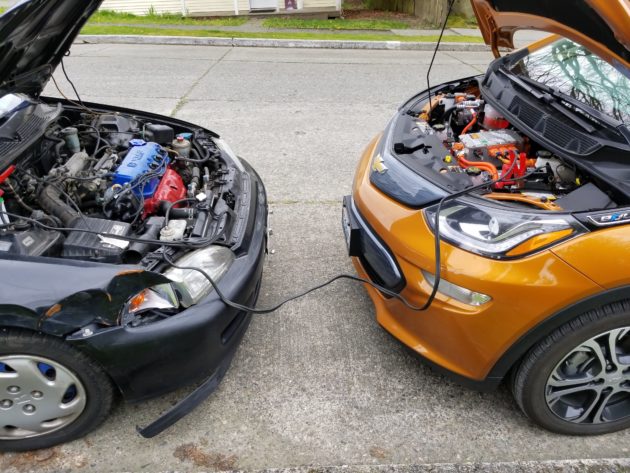

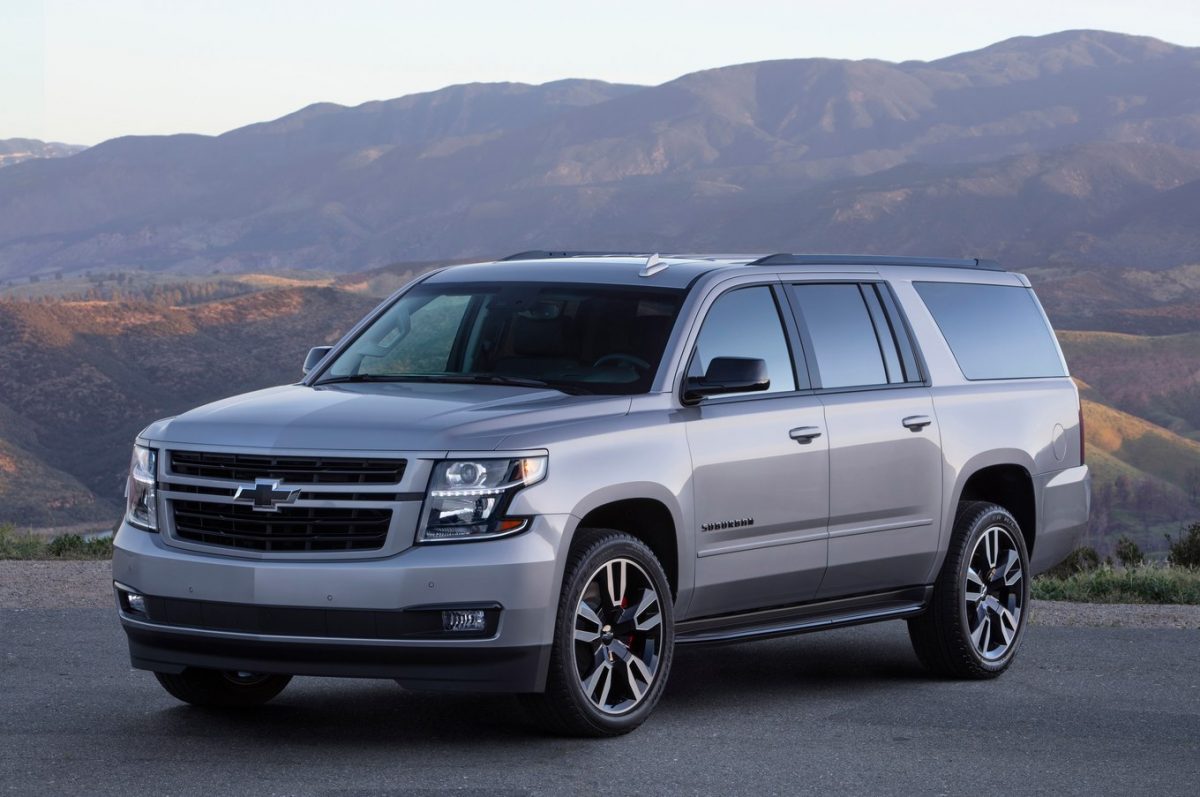
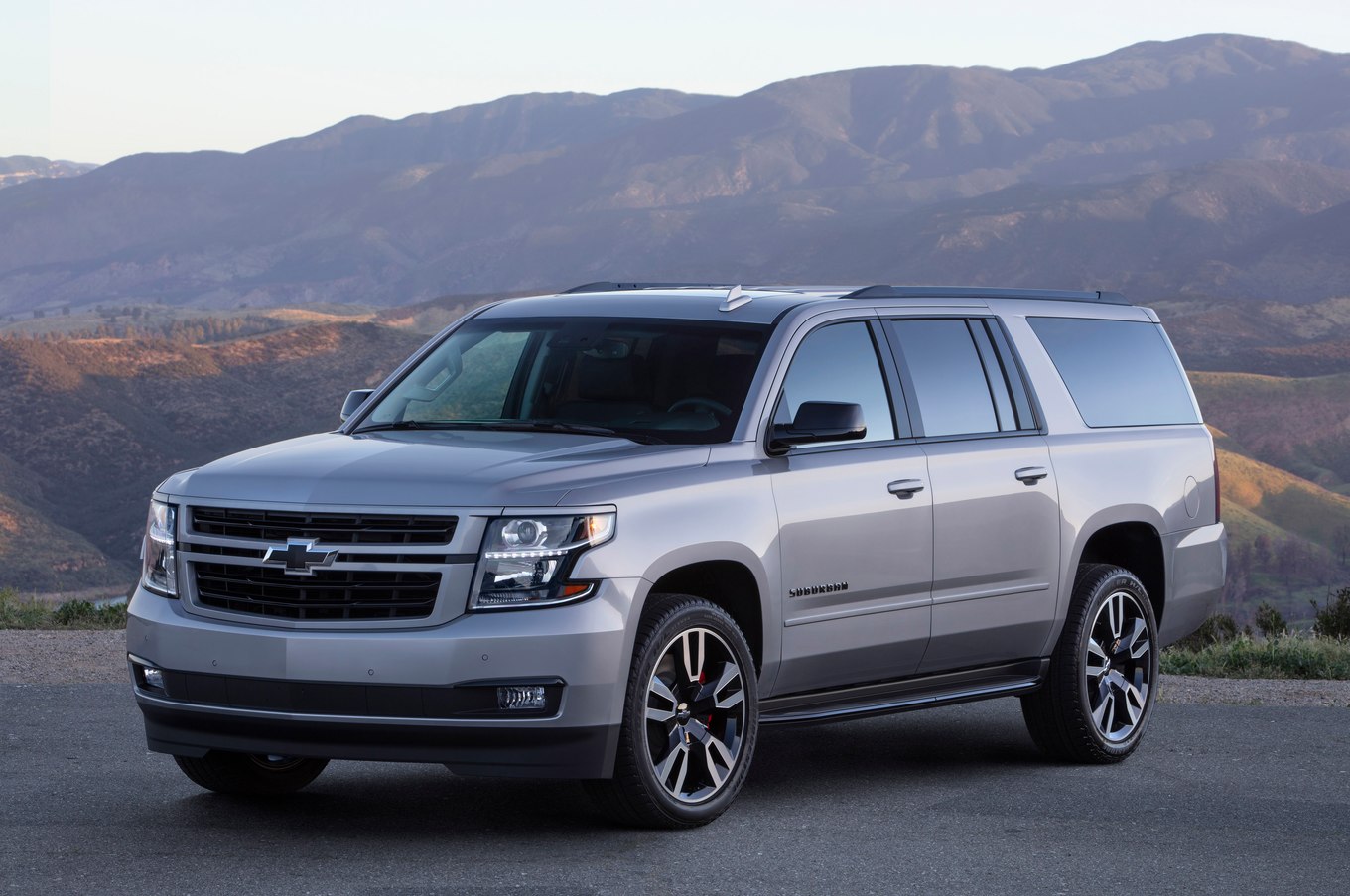

 Wasn’t that nice of us.
Wasn’t that nice of us.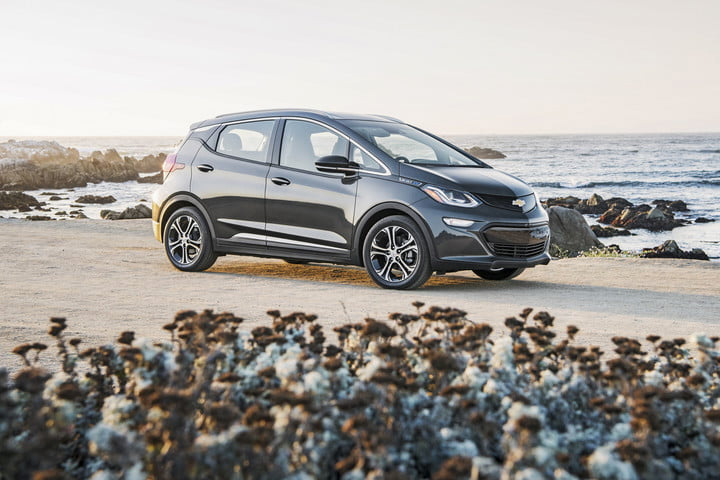
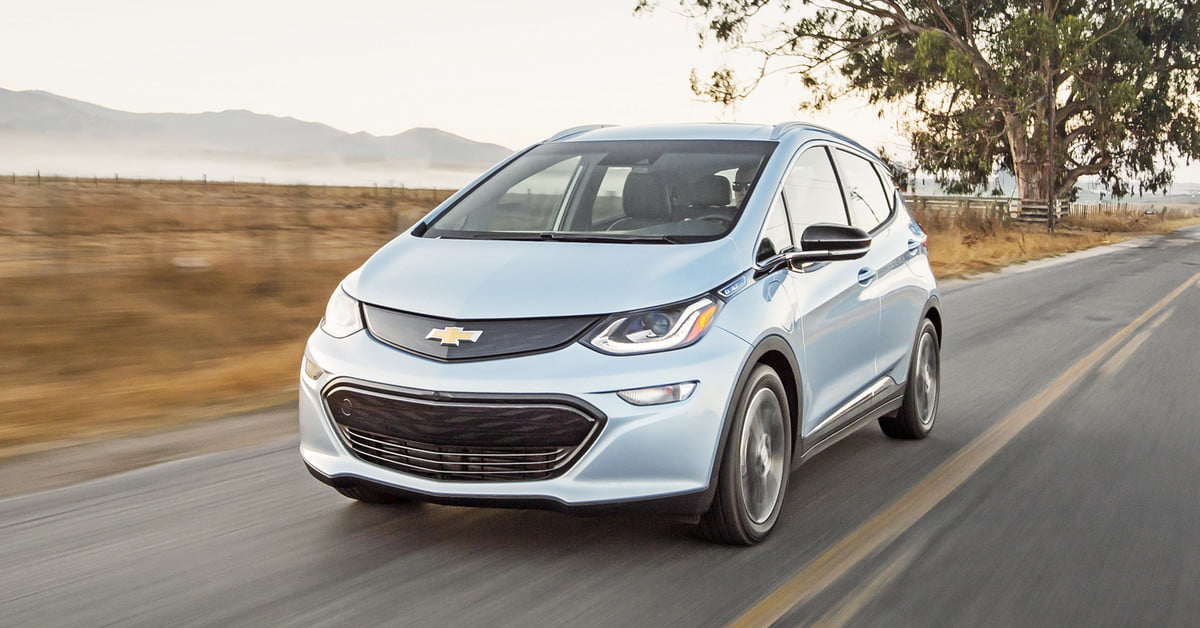
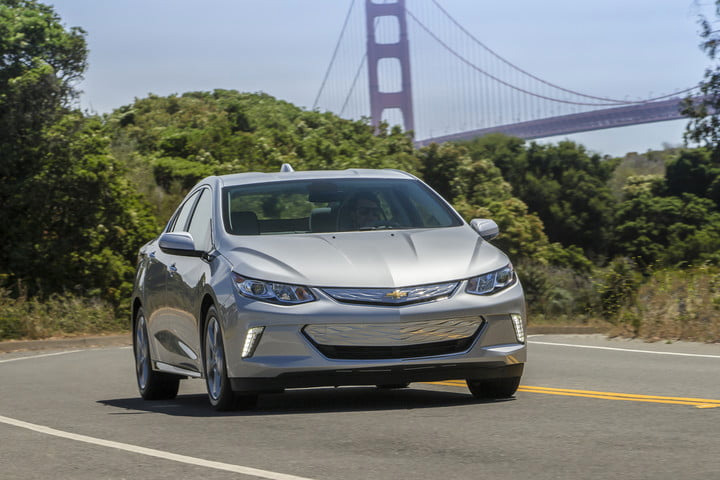
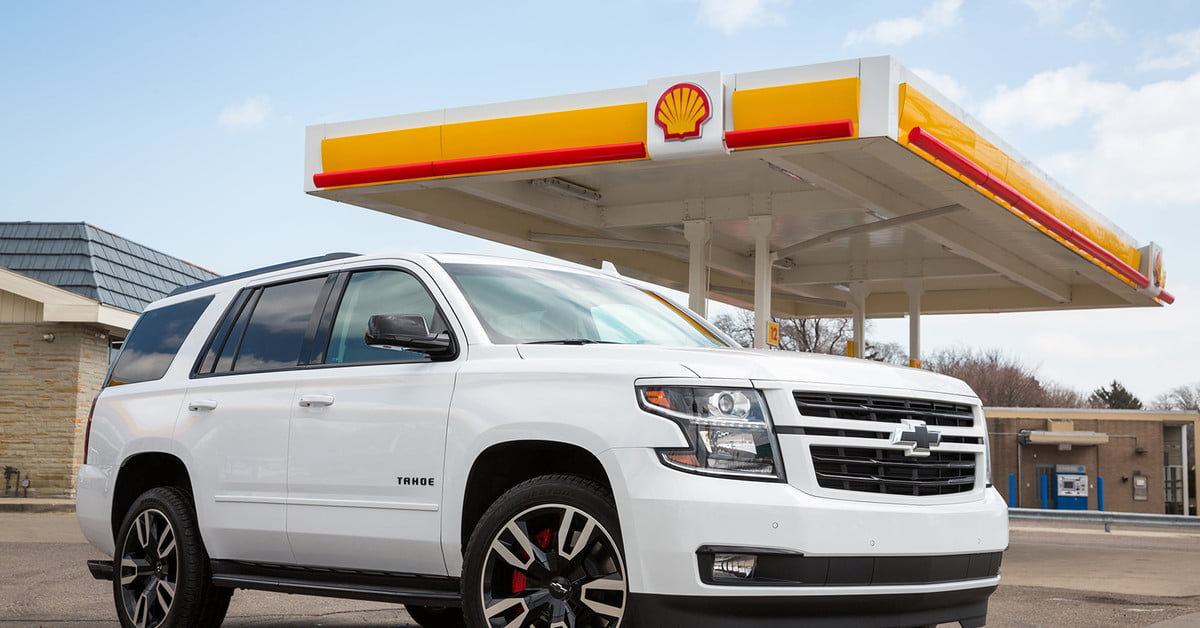
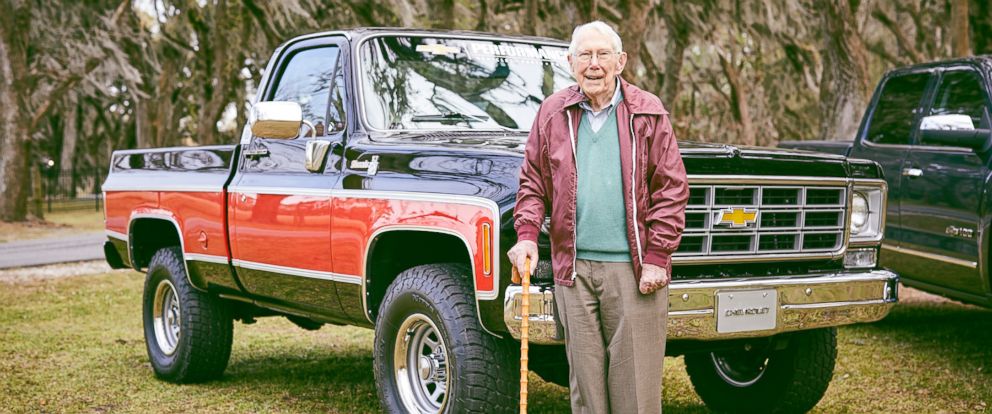
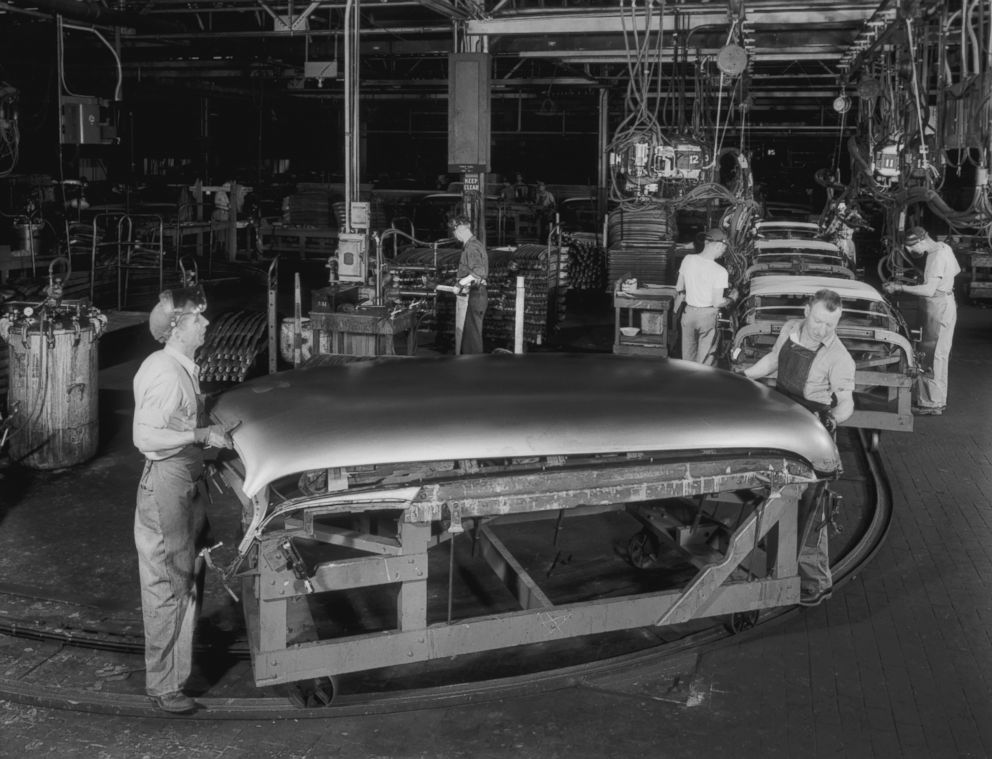 A few phone calls were made, and on March 26, Eric Stanczak, the current chief engineer of Chevy Trucks, knocked on the door of Hitch’s home in Savannah, Georgia.
A few phone calls were made, and on March 26, Eric Stanczak, the current chief engineer of Chevy Trucks, knocked on the door of Hitch’s home in Savannah, Georgia.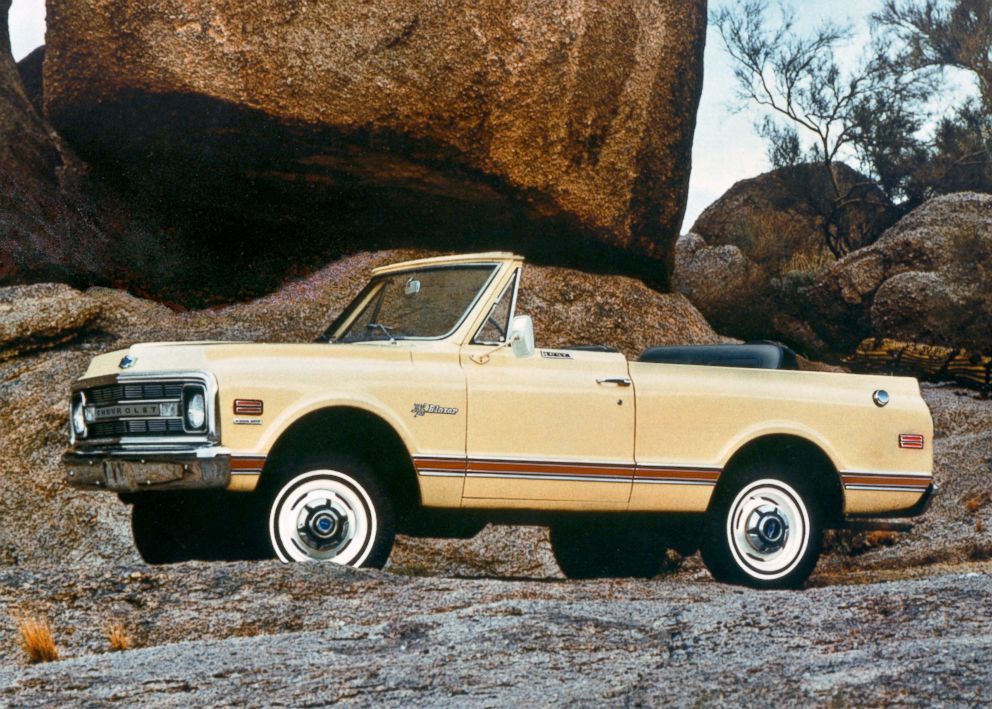 Barra’s father, who was a toolmaker at a GM plant, overlapped at the company with Hitch.
Barra’s father, who was a toolmaker at a GM plant, overlapped at the company with Hitch. “In those days you didn’t have too many choices for a job. It was still the Depression,” he told ABC News.
“In those days you didn’t have too many choices for a job. It was still the Depression,” he told ABC News.